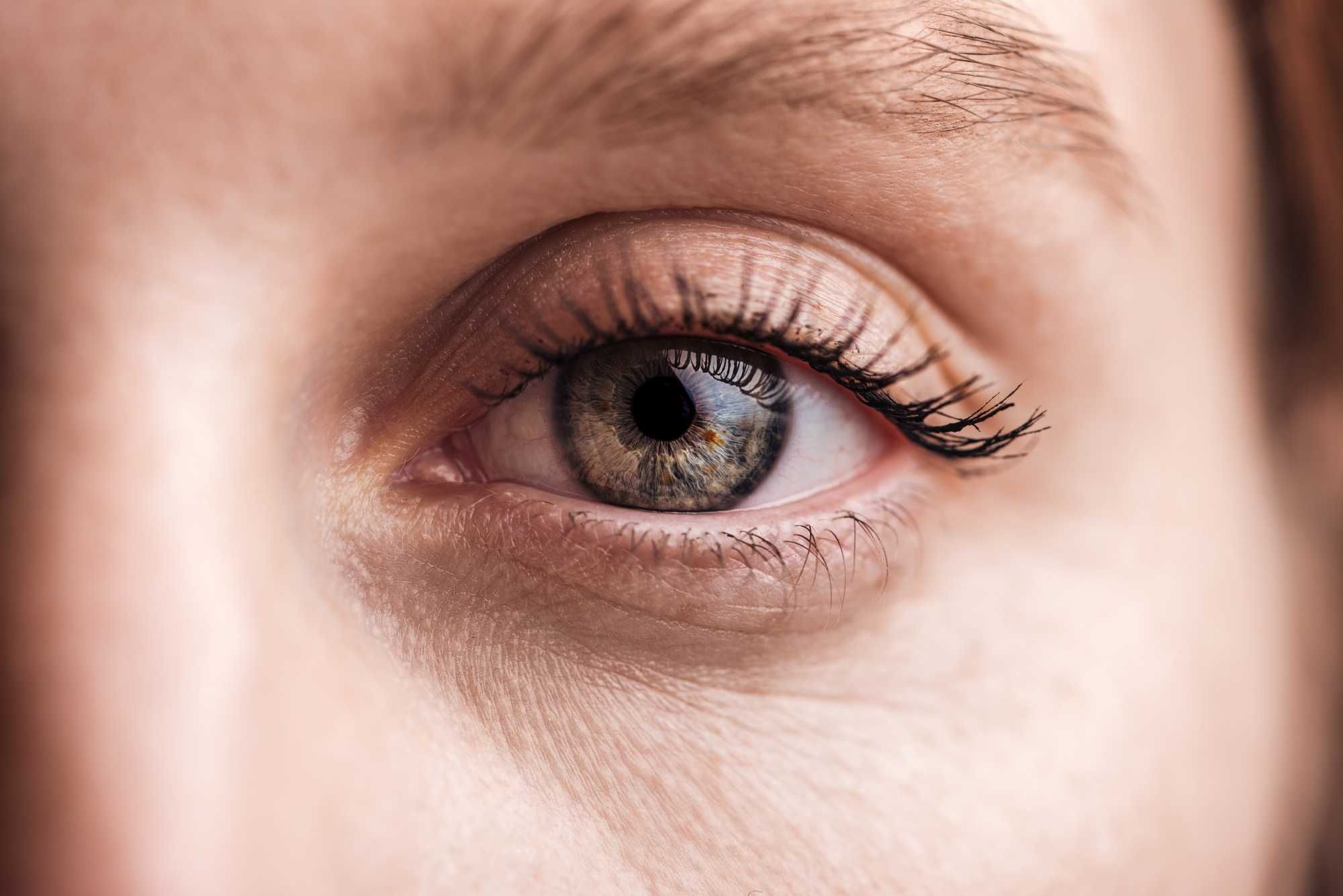Top Class Actions’s website and social media posts use affiliate links. If you make a purchase using such links, we may receive a commission, but it will not result in any additional charges to you. Please review our Affiliate Link Disclosure for more information.
Elmiron and eye disease may be linked, based on studies, clinical cases, and reports of patients developing side effects from Elmiron after taking the drug.
What Is Elmiron?
Elmiron (pentosan polysulfate sodium) is a medication used to treat pain and discomfort caused by a bladder condition known as interstitial cystitis.
Interstitial cystitis is a chronic bladder condition that leads to pressure and pain in the bladder, according to the Mayo Clinic. Other symptoms may include pelvic pain, frequent urination, the persistent need to urinate, pain with a full bladder, pain during sexual intercourse, and more. The pain may range from mild discomfort to severe pain.
It is uncertain what causes interstitial cystitis, but it is thought to be related to various factors, including a defect in the bladder lining, autoimmune reactions, heredity, infection, or allergy.
The condition is estimated to affect millions in the United States alone: between 3 million and 8 million women and between 1 million and 4 million men, according to the National Institute of Diabetes and Digestive and Kidney Diseases.
Elmiron is the only oral drug approved by the U.S. Food and Drug Administration (FDA) for the treatment of the chronic and painful condition, according to OrthoElmiron.com. In addition to being prescribed for interstitial cystitis, Elmiron may also be prescribed to treat osteoarthritis, WRAL reported.
Elmiron is thought to work by forming a thin layer on the wall of the bladder which prevents irritation and resulting pain. According to the FDA’s approval documents, that layer is thought to prevent irritating substances from reaching the bladder wall and causing pain.
Although the exact mechanism behind Elmiron isn’t understood, clinical trials showed the medication provided pain relief to patients suffering from interstitial cystitis. Two trials evaluated the effectiveness of the drug and showed positive results of the medication.
The first randomized, placebo-controlled study results showed that 38 percent of patients who took Elmiron once a day for three months had improved pain levels based on their own assessment, according to the FDA. In another clinical trial, 29 percent of patients saw improved pain levels after three months. By six months, another 5 percent of patients saw improvement.
But while the drug may help patients manage their interstitial cystitis, it may also lead them to develop serious health side effects.
What Are the Side Effects of Elmiron?
Aside from the link between Elmiron and eye disease symptoms, side effects of the drug may also include diarrhea, hair loss, nausea, headache, abdominal pain, and digestive distress, according to Drug Watch.
Elmiron also has mild blood-thinning effects, so the drug may result in bruising and bleeding, according to WebMD. Signs of a serious bleeding event should be watched for, including unusual bruising or bleeding, blood in the stool, or bleeding gums. These symptoms could be a sign of a life-threatening bleed.
How Are Elmiron and Eye Disease Linked?
Changes in the pigments of the retina are possible with long term use of Elmiron, according to FDA documents. Changes reportedly occur after three or more years of use but have been seen in shorter usage durations.
Cumulative dose appears to be a risk factor, but the FDA also encourages caution in patients who have a family history of eye disease and other ophthalmologic conditions.
Patients who develop retinal changes should be examined and the risks and benefits of treatment should be reconsidered, the FDA says.
Unfortunately, retinal issues caused by Elmiron may be more serious than simple color changes: Elmiron and eye disease may be linked, according to recent studies.
In 2018, researchers from the American Academy of Ophthalmology (AAO) published an article detailing several patients who experienced eye problems after being prescribed Elmiron. Between May 2015 and October 2017, six patients treated at Emory Eye Center reportedly developed pigmentary maculopathy without a clear cause.
Maculopathy is a term used to describe any eye disease that affects the macula, the center of the retina that helps keep vision accurate and sensitive. Macular degeneration is possibly the most well-known type of maculopathy, with most ophthalmologists screening for the disease during eye exams.
In the Elmiron and eye disease study, researchers noted patients had developed “pigmentary maculopathy of unknown etiology.” Upon examination, the patients reportedly suffered from some of the following symptoms:
- Abnormal capillaries and small blood vessels in the area around the macula, resulting in loss of vision
- Round, yellow lesions underneath the macula
- Thinning of the pigmented layer of the retina (commonly seen in age-related macular degeneration)
- Hyperpigmented or darkened spots visible on the retina
Many of these symptoms can only be seen with advanced imaging of the eye, which may require seeing a retina specialist.
Patients with pigmentary maculopathy may experience symptoms such as difficulty reading, trouble adjusting to the dark, or blurred vision. These patients may be initially told they have another type of maculopathy, such as macular degeneration, but further investigation may show a bigger issue.
In 2019, researchers provided an update on their study, noting a total of 10 patients had been treated for the issue at Emory Eye Center, Forbes reported.
Three ophthalmologists at Kaiser Permanente in Northern California stated approximately a quarter of patients who take Elmiron may be at risk of developing eye damage. The eye damage caused by Elmiron may mimic the symptoms of other eye conditions, including age-related macular degeneration or pattern dystrophy, making it difficult to diagnose the condition.
As noted in their study, the rate of toxicity and likelihood of eye damage increases with the amount of Elmiron consumed by the patient. However, if the condition is identified early on, it may be possible to halt the retinal damage before it develops further.
In early cases of Elmiron-related eye damage, ceasing use of the medication may stop further damage from occurring, according to the AAO. But with late-stage toxicity, it may be impossible to correct the eye damage already experienced by the patient.
Can I File An Elmiron Lawsuit?
Several consumers have already taken legal action after suffering from Elmiron side effects.
A Massachusetts man filed a class action lawsuit against Johnson & Johnson after allegedly suffering from serious eye damage. He allegedly took the medication from 2004 to 2019. As a result, he claims to suffer from subcellular damage to his eyes, putting him at “significantly increased risk of contracting Elmiron Maculopathy and requires medical and ophthalmological monitoring for the early detection of this disease.”
In Canada, two women recently filed a lawsuit against Janssen claiming that they suffered from unexpected eye problems. Both women claim that their symptoms started with simple symptoms such as floaters or line distortions. Now, the two women allegedly suffer from serious vision issues. One of the woman works as an archeologist and argues that her poor vision makes it difficult to do her job in dim light.
If you suffered from Elmiron eye damage, you may be eligible to take legal action. An Elmiron and eye disease lawsuit could help you recover compensation for vision loss, disability, loss of earning capacity, medical bills, and more.
Filing a lawsuit can be a daunting prospect, so Top Class Actions has laid the groundwork for you by connecting you with an experienced attorney. Consulting an attorney can help you determine if you have a claim, navigate the complexities of litigation, and maximize your potential compensation.
Join an Elmiron Side Effects Lawsuit Investigation
If you took Elmiron and developed pigmentary maculopathy, you may qualify to participate in an Elmiron side effects lawsuit investigation.
Fill out the form on this page for a FREE case evaluation.
ATTORNEY ADVERTISING
Top Class Actions is a Proud Member of the American Bar Association
LEGAL INFORMATION IS NOT LEGAL ADVICE
Top Class Actions Legal Statement
©2008 – 2024 Top Class Actions® LLC
Various Trademarks held by their respective owners
This website is not intended for viewing or usage by European Union citizens.
Get Help – It’s Free
Join a Free Elmiron Lawsuit Investigation
If you qualify, an attorney will contact you to discuss the details of your potential case at no charge to you.
PLEASE NOTE: If you want to participate in this investigation, it is imperative that you reply to the law firm if they call or email you. Failing to do so may result in you not getting signed up as a client or getting you dropped as a client.
E-mail any problems with this form to:
Questions@TopClassActions.com.
Oops! We could not locate your form.














